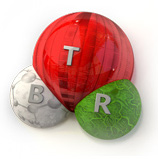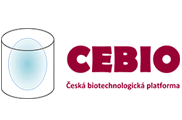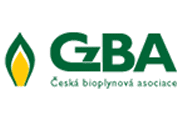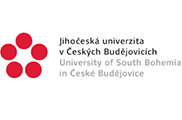Slug-slime-inspired biomaterial speeds repair of injured tendons
Date: 3.1.2022
Injured tendons are notoriously tricky to repair. Researchers at Harvard’s Wyss Institute have now developed a two-faced biomaterial that can improve healing, with one side that firmly sticks to tendons, while a low-friction outer surface keeps it gliding against other tissues. Better yet, they can be loaded with slow-release drugs to reduce scarring and inflammation.
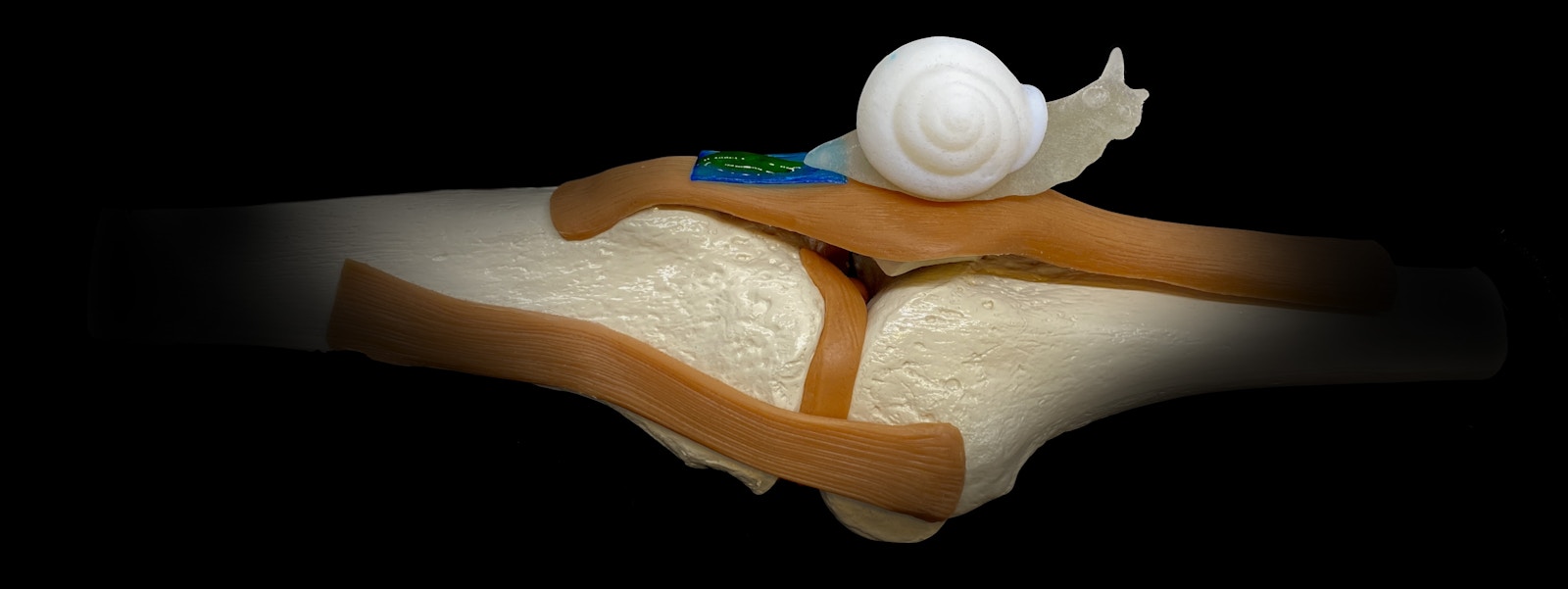 Tendon injuries are fairly common, both from playing sports and from general aging. They can be painful and impair a patient’s ability to move their limbs, and worse still take a long time to heal. Even after they do, tendons often don’t return to their full former mechanical strength after severe injuries, resulting in reduced mobility.
Tendon injuries are fairly common, both from playing sports and from general aging. They can be painful and impair a patient’s ability to move their limbs, and worse still take a long time to heal. Even after they do, tendons often don’t return to their full former mechanical strength after severe injuries, resulting in reduced mobility.
So for the new study, the Wyss researchers set out to develop a new material that could help repair tendons more effectively. They started with a surgical adhesive gel the team created a few years ago that was inspired by the strongly sticky mucus of the Dusky Arion slug. The researchers then adapted this platform, which they call Tough Gel Adhesives, to make a version for patching up tendons.
The new hydrogel has two very different surfaces, and as such has been named Janus Tough Adhesives (JTAs), after a Roman God with two faces. The first surface contains chitosan, which firmly bonds to tendons to keep two sides of a tear together to improve healing. The other surface does the opposite, using the plain hydrogel to help the tendon glide against other tissues during movement.

